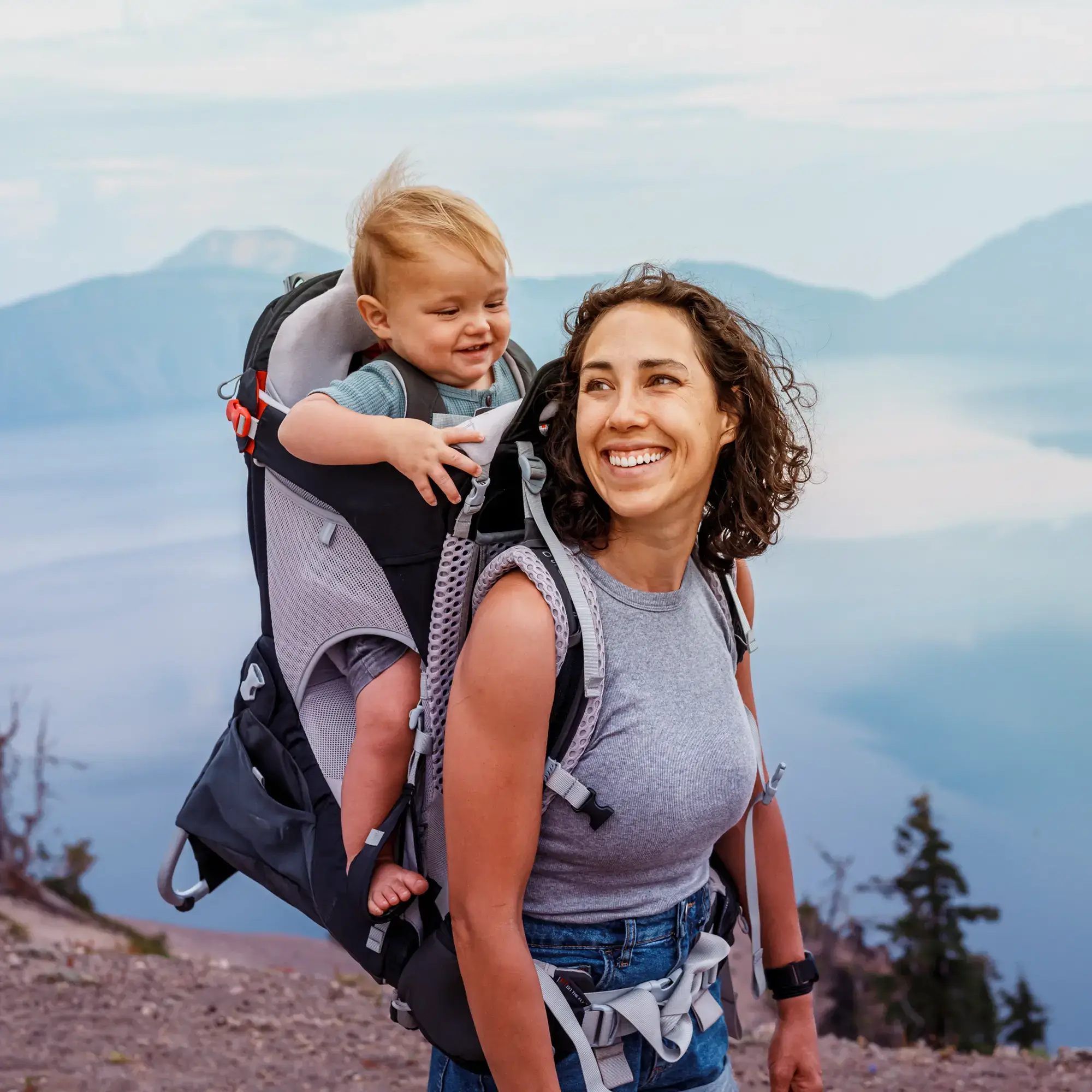
Planning & budgeting
Saving & investing
KiwiSaver
Tackling debt
Protecting wealth
Retirement
Home buying
Life events
Setting goals
Money tracking
Plan your spending with a budget
Getting advice
Studying
Get better with money
What pūtea beliefs do you have?
How to build up your emergency savings to cover unexpected costs
How to save your money
How to start investing
Find a financial adviser to help you invest
Your investment profile
Compound interest
Net worth
Types of investments
Term deposits
Bonds
Investment funds
Shares
Property investment
How KiwiSaver works and why it's worth joining
How to pick the right KiwiSaver fund
Make the most of KiwiSaver and grow your balance
How KiwiSaver can help you get into your first home
Applying for a KiwiSaver hardship withdrawal
How to use buy now pay later
What you really need to know before you use credit
How to get out of debt quickly
Credit reports
Know your rights
Pros and cons of debt consolidation
Credit cards
Car loans
Personal loans
Hire purchase
Student loans
Getting a fine
What happens if I start to struggle with moni?
How to protect yourself from fraud and being scammed
About insurance
Insurance types
Insuring ourselves
Wills
Enduring powers of attorney
Family trusts
Insuring our homes
Losing a partner
Redundancy
Serious diagnosis
How to cope with the aftermath of fraud
Separation
About NZ Super – how much is it?
When you’re thinking of living in a retirement village
How to plan, save and invest for retirement
Manage your money in retirement
Find housing options in retirement
Four approaches to spending in retirement
Planning & budgeting
Saving & investing
How to build up your emergency savings to cover unexpected costs
How to save your money
How to start investing
Find a financial adviser to help you invest
Your investment profile
Compound interest
Net worth
Types of investments
Term deposits
Bonds
Investment funds
Shares
Property investment
View all
KiwiSaver
Tackling debt
How to use buy now pay later
What you really need to know before you use credit
How to get out of debt quickly
Credit reports
Know your rights
Pros and cons of debt consolidation
Credit cards
Car loans
Personal loans
Hire purchase
Student loans
Getting a fine
What happens if I start to struggle with moni?
View all
Protecting wealth
Retirement
Home buying
Updated 2 July 2025
First published 21 September 2018
Reading time: 5 minutes
By Tom Hartmann,
0 comments

Have you ever wondered how to give your child a head start moneywise?
Well, this just happened for 16- and 17-year-olds: as of 1 July, they’re eligible for government contributions for the year. This means they can get 25 cents for every dollar they put in, up to a maximum of $260, which will land in their KiwiSaver accounts in July 2026.
Even more, starting in April 2026, they will also be eligible for employer contributions of at least 3.5% (before tax), going up to 4% in April 2028.
It’s important to know that 16- and 17-year-olds are not automatically opted in to KiwiSaver like those 18 and over. They need to sign up to KiwiSaver with one parent or guardian’s permission.
So the older teens are getting two extra years to grow their savings. That’s two more years of investment returns and compounding working in their favour. They will need to make it happen, though – it’s not automatic.
Some parents used to write to me outraged that their children were being charged $50 a year by their fund manager. They had started with $1000 and didn’t contribute for five years – so a quarter of their kids’ savings had been wiped out.
The issue with KiwiSaver for kids is the fees. KiwiSaver accounts make sense if there are regular contributions going in – from us, employers, the government, the investment returns. Kids typically only get one-off contributions from parents and grandparents, plus returns, so fees can quickly eat away the balances.
Various KiwiSaver providers have low fees for everyone (check our KiwiSaver fund finder to compare), and there are a handful of KiwiSaver providers who have addressed this for kids:
The short of it is: if you’re going to have your kids in KiwiSaver, make sure you pick a fund in which their balance won’t be eaten away by fees.
And, of course, it has to match your goals for investing that money. (More on that below.)
It must be the most excruciating 15 minutes ever. To a child, participating in what’s popularly known as the ‘marshmallow test’ (it was also originally done with Oreos) must be like blowing against the wind – trying to take on human nature.
The Kiwi version of this test (with a nod to its originator Walter Mischel) would be to sit a child down and put a chocolate fish on a table in front of them. They’re allowed to have it straight away, but if they can wait for 15 minutes, they can have three of them instead.
You’d think it wouldn’t be that hard to score the three, and that most would choose to wait.
Kids in the original study didn’t last much more than a minute before they gobbled the Oreo. It did become easier to wait if they distracted themselves by thinking about something fun, or if the treat wasn’t placed in plain sight. Then the average became more like 11 minutes.
The curious thing, though, is that if you shift those 15 minutes of waiting further into the future, it’s much easier to make a better decision. If you asked a child right now whether tomorrow they would like one chocolate fish at 2pm or three at 2.15pm, they would much more readily choose the three slightly later tomorrow.
Getting kids into KiwiSaver is much like that – it can be about making good choices far into their future. If you wait and leave the decision to opt in or out until the moment they start earning, they might opt out and find lots of other short-term reasons to use that contribution money.
With kids, you can set up KiwiSaver way earlier, without present needs pulling at them. When they eventually start earning and contributing, their account is waiting ready to go.
There can be many benefits to having kids in KiwiSaver early. They can think about their futures or imagine where they might want to live someday. They can learn about investing, and how money isn’t just for spending – it’s for growing.
But like all investing, it needs to be driven by your goals for that money and the timeframe you’re investing for. KiwiSaver is typically restricted to retirement savings or a first home, so using it to save for education, for instance, won’t work.
So what’s the goal for that money? And how soon will they need it back?
If you do set up the kids with a KiwiSaver account, one thing they’ll need is an IRD number. Here’s how to apply.
By signing them up early, you prevent them facing the short-term dilemma when they start working of whether to join or just keep their contributions for more immediate things.
Much like that marshmallow test.
 Tom Hartmann
Tom Hartmann
With a background in journalism and finance, Tom is Sorted’s personal finance lead. He loves the way our anxiety about money reduces when we get things sorted, and how seemingly tiny tweaks deliver big results over time.
Use verification code from your authenticator app. How to use authenticator apps.
Code is invalid. Please try again
Don't have an account? Sign up
Or log in with our social media platforms


A free account gives you your very own space where you can save your tools and track your progress as you get ahead.
Or sign up using Google:



Comments (0)
Comments
No one has commented on this page yet.
RSS feed for comments on this page | RSS feed for all comments